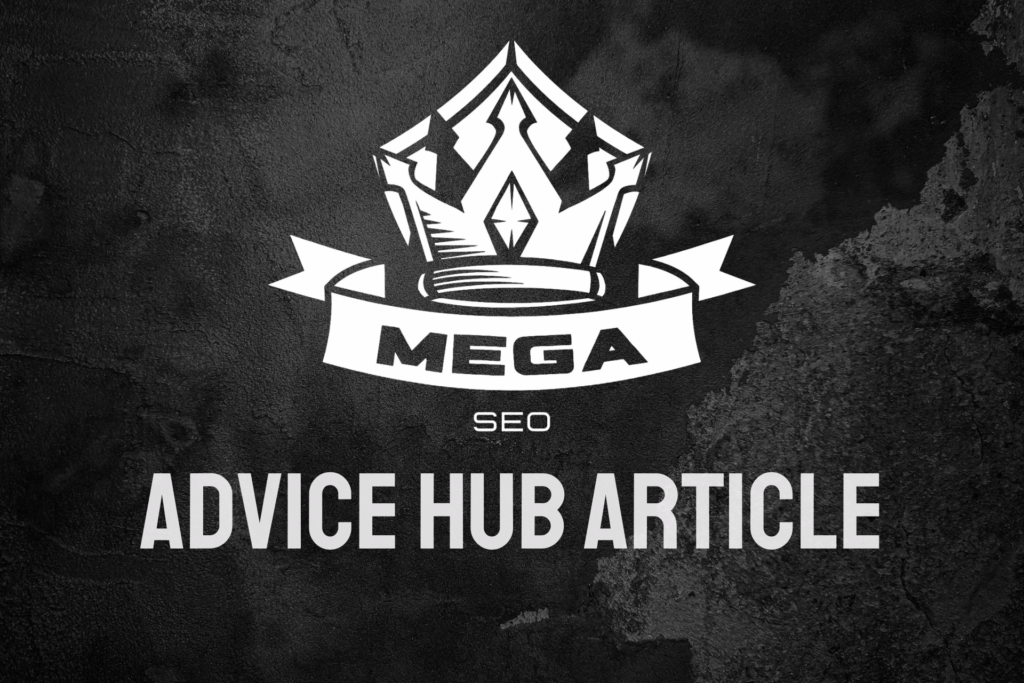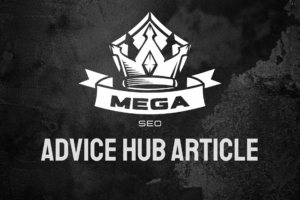Internal linking forms the backbone of effective website architecture, helping both users and search engines navigate your content efficiently. Building a strategic internal linking structure distributes authority throughout your site, improves user experience, and strengthens your overall SEO performance. This comprehensive guide explores proven methods to create and implement an internal linking strategy that drives results.
What Makes Internal Links Important for SEO?
Internal links connect different pages within your website, creating pathways for users and search engines to discover and understand your content. They serve multiple purposes, from helping search engines crawl your site effectively to keeping visitors engaged by guiding them to relevant information.
What Are the Different Types of Internal Links?
Understanding the various types of internal links helps create a more effective linking strategy:
- Navigational Links: These appear in your main menu, footer, and breadcrumbs, providing essential site structure and helping users find key sections quickly.
- Contextual Links: Placed naturally within your content, these links guide readers to related articles or resources that enhance their understanding of the topic.
- Utility Links: These include links to privacy policies, terms of service, and contact pages – essential but often overlooked components of your linking structure.
- Related Content Links: Often displayed in sidebars or at the bottom of posts, these suggestions encourage further exploration of your site.
How Can You Create an Effective Internal Linking Strategy?
Developing a successful internal linking strategy requires careful planning and implementation. Here’s a detailed approach:
What Should You Consider When Planning Your Structure?
Start by mapping out your site’s hierarchy and identifying your most important pages. This process, known as content siloing, helps establish clear topical relationships between your pages. Consider implementing these key elements:
- Content Audit: Review your existing content to identify opportunities for new internal links and ensure current links remain relevant and functional.
- Topic Clusters: Group related content together, with pillar pages linking to more specific subtopic pages.
- Link Priority: Focus on linking to your most valuable pages, including service pages and high-converting content.
What Technical Aspects Should You Consider?
The technical implementation of your internal linking strategy significantly impacts its effectiveness. Our technical SEO expertise suggests focusing on these aspects:
- Anchor Text Optimisation: Use descriptive, relevant anchor text that clearly indicates the linked page’s content while avoiding over-optimisation.
- Link Placement: Position links where they’re most likely to be clicked, typically within the first few paragraphs of content.
- Link Depth: Ensure important pages are no more than three clicks away from your homepage.
How Do You Maintain Your Internal Linking Structure?
Regular maintenance ensures your internal linking strategy remains effective over time. Consider these maintenance tasks:
- Regular Audits: Check for broken links and update or remove them promptly.
- Content Updates: When publishing new content, identify opportunities to link from existing pages.
- Performance Monitoring: Track user behaviour and adjust your linking strategy based on engagement metrics.
What Role Does Internal Linking Play in Local SEO?
For businesses targeting specific geographical areas, internal linking plays a crucial role in local SEO success. Proper internal linking helps establish geographical relevance and improves visibility for location-specific searches.
How Can You Enhance User Experience Through Internal Linking?
While internal linking benefits SEO, it should primarily serve your users. Effective on-page SEO practices for internal linking include:
- Relevance First: Only link to pages that genuinely add value to the current content.
- Clear Navigation: Use breadcrumbs and consistent menu structures to help users understand their location within your site.
- Balanced Link Distribution: Avoid overwhelming users with too many links while ensuring important pages receive adequate internal links.
What About External Linking?
While focusing on internal links, don’t forget about off-page SEO and external linking. A balanced approach to both internal and external linking creates a more natural and authoritative link profile.
Partner with SEO Experts for Optimal Results
Building and maintaining an effective internal linking strategy requires ongoing attention and expertise. Our SEO team based in Wigan specialises in creating comprehensive internal linking strategies that boost both user experience and search engine performance. We understand the unique challenges UK businesses face and provide tailored solutions to help you achieve your SEO goals.
Ready to enhance your website’s internal linking structure and improve your SEO performance? Contact us today to discuss how we can help strengthen your website’s architecture and drive better results through strategic internal linking.



